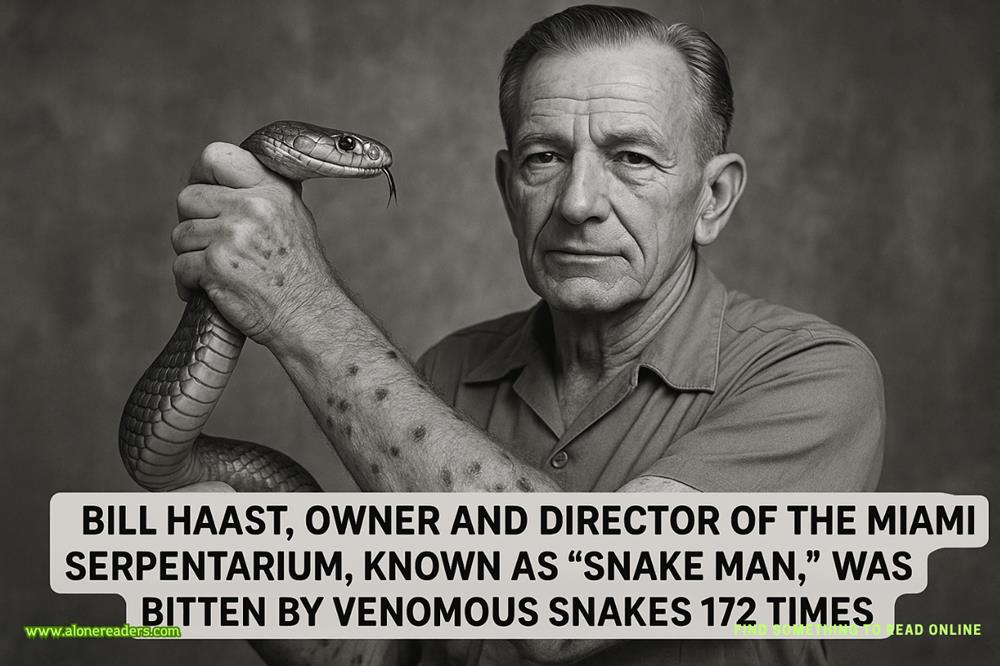Page 75 of Space Junk: Houston, We Have a Hottie
He smiles and gives the command to close the depress valves.
“Depress valves closed,” Jules replies.
“Station, visors down,” an EVA flight controller instructs. Spacesuit visors are coated with a thin layer of gold. It helps filter out the sun’s harmful rays, which in June, at a beta period, is extremely important. The visor also protects the astronaut from extreme temperatures.
Jules and Bodie begin maneuvering to the Starboard Zero truss—on the space-facing side of the U.S. Destiny lab. It’s the centerpiece of the station’s truss where solar rays, radiators and cooling loops are housed, as well as the EXT-MDMs. Luckily the airlock is right below it, so they don’t have far to go.
A camera is attached to Bodie’s helmet, giving everyone in Mission Control a hands-on view. Next to the screen that feeds from Bodie’s camera is the countdown. Four hours. It seems like a lot of time, but in space everything takes a lot longer, and when you have to factor in the extra hour needed after the spacewalk for decompression, every minute counts.
Jules and Bodie take their time, moving in tandem, making sure to lock the safety hooks on their tethers to the station as they go. Astronauts always look like they’re moving in slow motion in the lack of gravity, but in reality, attached to the space station, they’re traveling at 17,150 miles per hour. That’s 1.76 miles per second.
What I’m asking Jules and Bodie to attempt is akin to having a surgeon perform open heart surgery wearing winter gloves while riding a roller coaster.
No pressure or anything.
By the time they’ve made their way to the Starboard Zero truss, I’m sitting down. The adrenaline that’s been pumping through my system since the sirens at Boondoggles is wearing off. Jules’ voice comes through the head set, forcing me to my feet again.
“Houston, EXTs are in reach.”
Bodie unhooks one of his tethers and pulls himself forward to tether it next to EXT-1.
Jules comes from the opposite side of the ISS truss and tethers between EXT-1 and EXT-2.
“Houston, we are in position,” Bodie relays.
“Station. Okay, guys, you need to look at the cable feeds following out away from EXT-1 and 2, the ones hit by the meteorite a few weeks ago,” I advise into the headset. “The exposed cable bundles were hit, but we need you to unscrew the panel that hides the rest of the cables.”
“Houston. Will do. Unloading pack now,” Jules says, starting the spacewalk procedure I wrote just an hour ago.
This part of a spacewalk is somewhat tedious. Every time an astronaut makes a move they have to verbally announce it back to MCC, even though we can see them on screen from the cameras housed on their helmets. And though they memorize each EVA’s unique procedure before suiting up, we send verbal commands to the astronauts for each step through their coms. It’s redundant, but protocol. And since protocol has saved lives multiple times throughout NASA’s long and illustrious history, we don’t mess with it.
On the monitor, Jules retrieves the battery-operated drill from her pack and tethers it to her suit and slowly, so slowly, unscrews the panel next to the cable with charred and broken wires. The drill tip is magnetic, helping Jules maintain control. Even so, I see one screw float away.
“Shit.” Apparently, Jules forgot about the public broadcasting.
Ian and I both glance at each other, fighting smiles.
“Station. What was that, astronaut Starr? We couldn’t hear you down here.”
“Um, nothing, Houston. Just lost a screw. I have backups in my bag.”
Seth covers his mic and looks at Ian. “And that is why I always make sure astronauts pack their purse.”
A soft ripple of laughter flows through Mission Control, breaking the tension that has been ratcheting up since Jules and Bodie left the airlock.
“Houston, panel removed,” Jules narrates as she hands Bodie the large panel. Unable to tether the panel to their suits, Bodie braces his feet into the handrails of the truss of the station and uses his hands to hold the panel so it doesn’t fly away.
His light illuminates the wires under the panel. “Houston, the cable bundles are clean and intact.”
Thank heavens.I lose a shaky breath. “Station. Excellent. We are good to go with the hotwire.” I skim the schematics spread out over the table. “Station, I need you to de-mate the blind-mate connector on the back end of EXT-1, at the J1/P1 interface. Do you see them?”
“That’s a positive, Houston. I see them, and they are in reach,” Jules says.
“Okay, Station. Grab the P1 capped cable coming from RPC 4. There should be an open cavity to the right, where no box is connected. That is the connection you’re going to be using.”
“Houston, I see it.”
“You’re going to have to traverse above. Behind the open face there should be three cables. De-mate and uncap the J1/P1 connection there,” I instruct.















